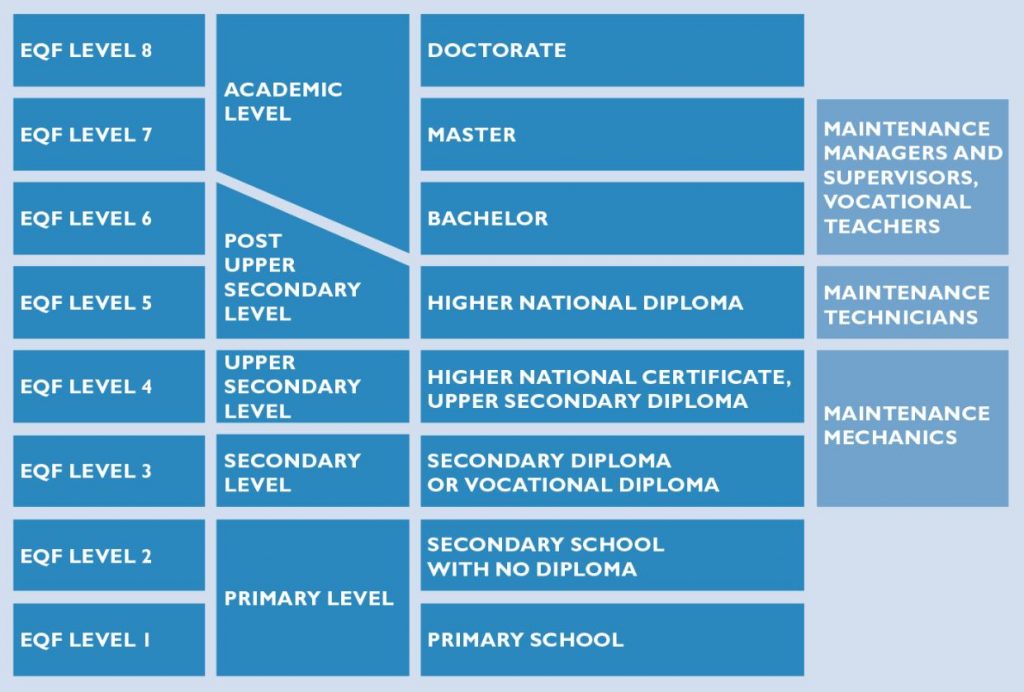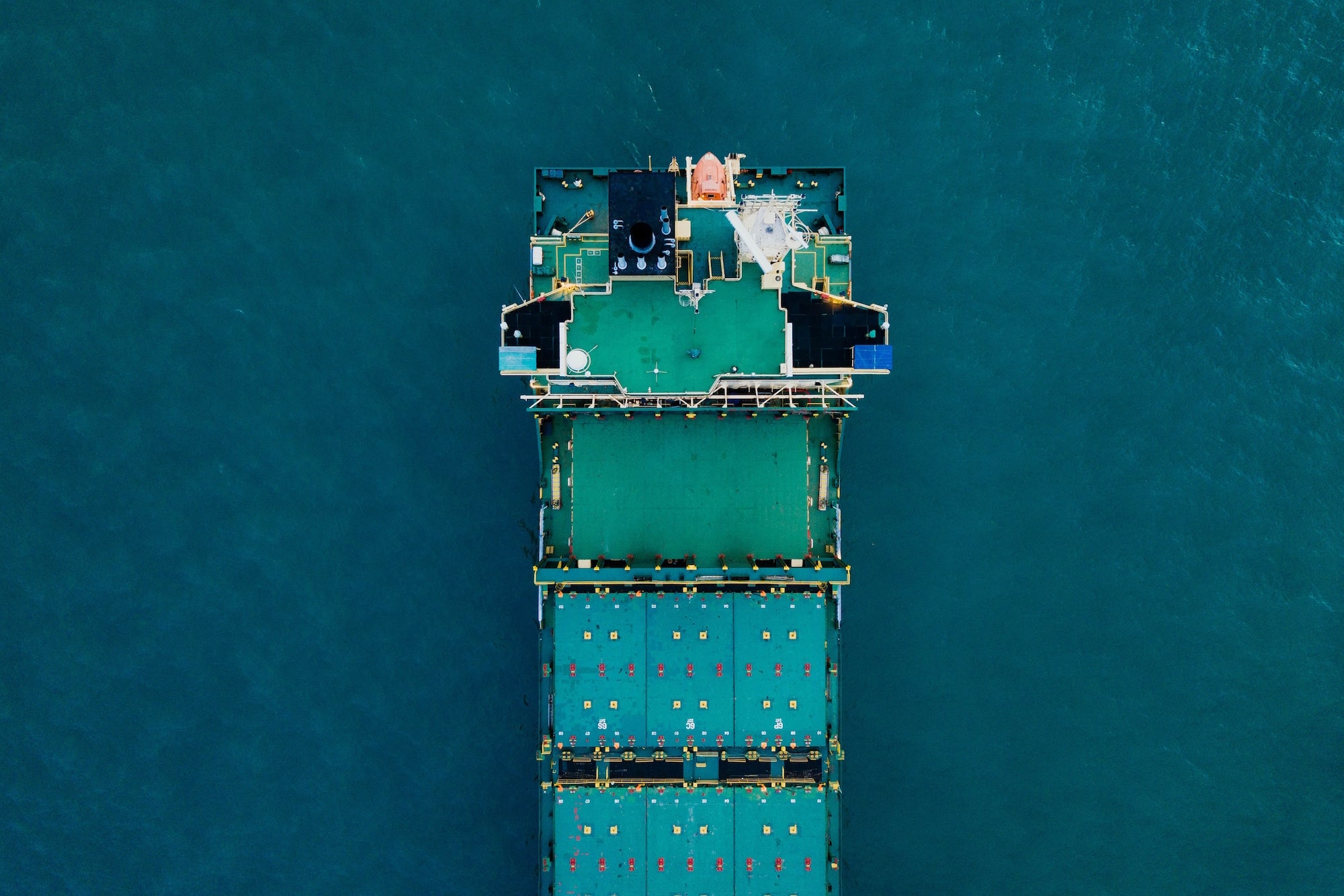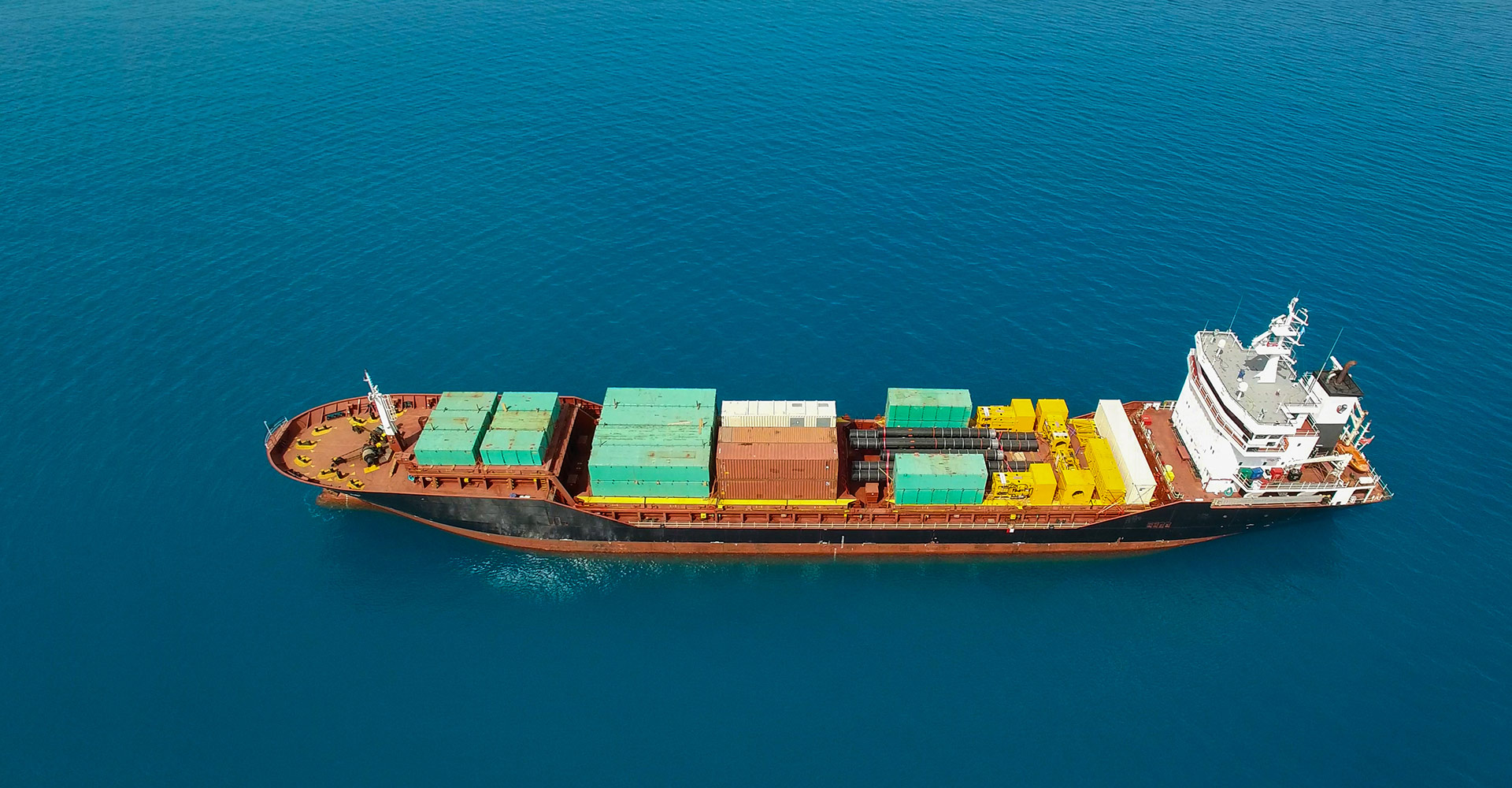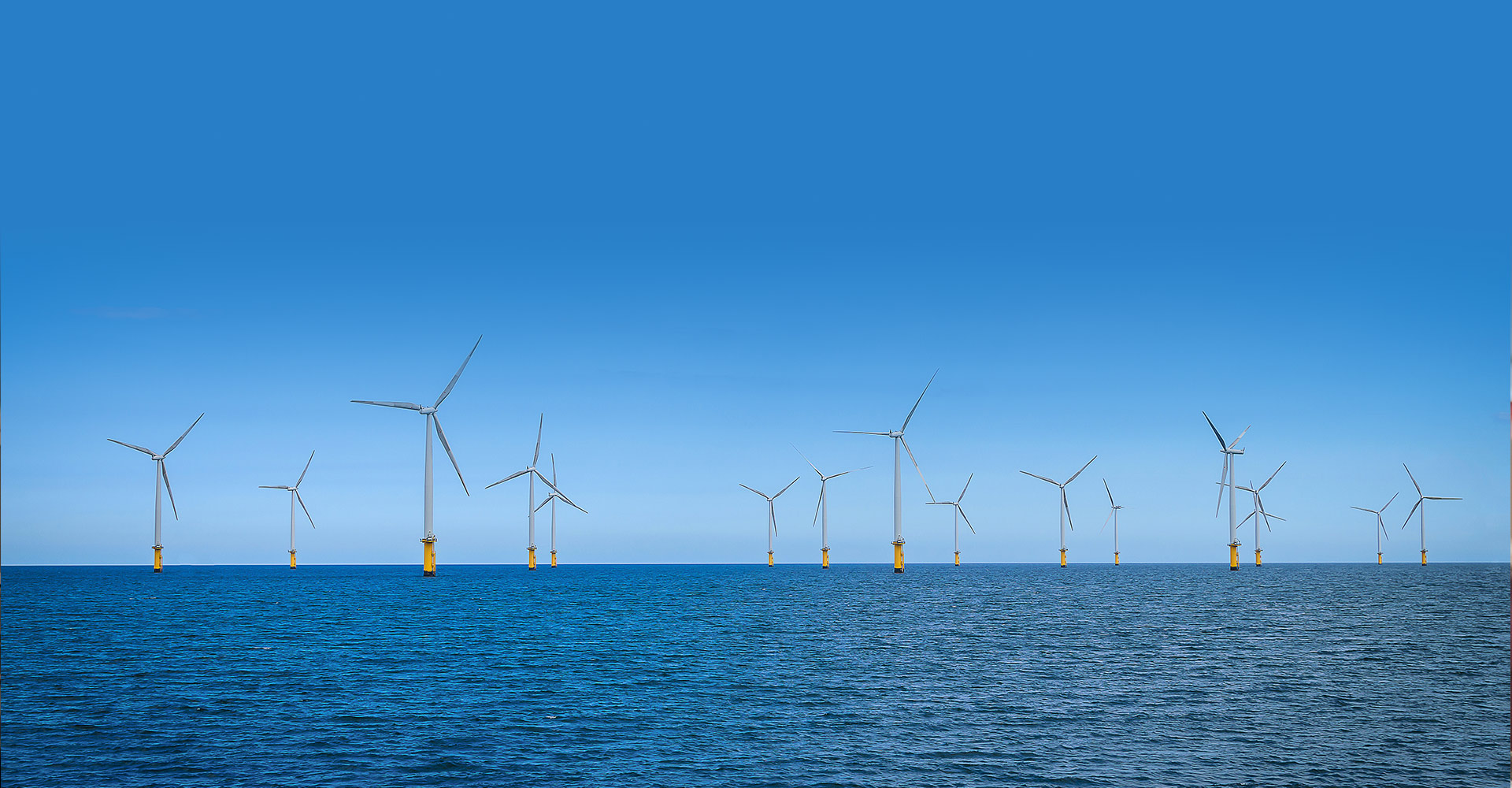Green Move aims to promote professional mobility (including exchanges and technical visits) of students and workers to encourage the use of green technologies, developed locally, nationally or internationally.
Green Move Promotional Video
Target Audience
Students and Vocational Education and Training (VET) teachers, educational workers (Higher Education (HE), VET and Long Life Learning), technical staff from companies, experts from sectorial networks, entrepreneurs, trade unions etc. The partnership for these mobility activities will be formalised through a Memorandum of Understanding which will include the objective and terms of their mobility and collaboration.
Layman Report
The layman report on this Pilot Experience is available here.
Learning Outcomes
Interested in running this course?
The course training material is available to freely access below. If you would like to run this course or have queries please contact Amaya Soto, CETMAR, Spain (asoto@cetmar.org) or Susana Bastón Meira, CETMAR, Spain (sbaston@cetmar.org).
Green Move expects to contribute to finding green solutions related with the main Lines of Actions identified for both industries. It will do so through the interaction of different types of students (VET, HE) and workers (blue-collar, white-collar and pink-collar). It is expected that students and teachers who participate in the exchanges will learn about green technologies and solutions and bring this knowledge back to their training centres. Companies are expected to benefit from the exchange as students and teachers will help work on specific green solution tasks.
Exchanges between companies will enable the transfer of ideas and best practices. Traditional mobility initiatives normally focus on exchanges between students or staff with the same position. Green Move will also promote dialogue and knowledge exchange among different working groups; blue-collar, white-collar and pink-collar.
The specific objectives for Green Move are to:
- Better match training to the current needs in the application of green technologies in the shipbuilding and offshore renewable energy sectors.
- Foster innovation in training related with the main Lines of Actions identified by MATES for the shipbuilding and offshore renewable energy industries.
- Build bridges between the education community and industry, as well as between different educational levels.
Green Move will follow the ECVET[1] methodology. It has a strong focus on the organisations’ needs in terms of how they use the funding. It enables the organisations to be flexible in their approach, allowing them the freedom to allocate the received funding to one or more exchanges depending on the objective they need to achieve. As an innovative aspect, the educational centres and companies will have the opportunity to envisage their mobility needs to fit their medium-term strategy and as a solution to respond to their identified needs and barriers.

Figure 1: Methodology for Green Move
Innovation will be tackled trough the performance assessment of the mobility experiences. Once finalised, participants will report the lessons learnt and give their feedback in the design of future mobility activities and towards the improvement of the centres they are working/studying/teaching in.
The approach of Green Move is focused on the concept of “learn by doing”, promoting the establishment of bridges between the education community and the industry.

Figure 2: Action Plan for Green Move
[1] ‘European Credit System for Vocational Education and Training’ (ECVET)quality circle, which makes clear the most essential elements and steps to ensure quality in the process of learning mobility and helps the organising parties to accomplish the realisation.
- Green technologies in the maritime sector
- Decarbonisation
- Dismantling
- Circular economy
- Level 3 to level 8

Figure 3: EQF levels compared with achieved education and maintenance personnel positions [2].
[2] Application of European Qualification Framework (EQF) in Maintenance. Magazine for maintenance & asset management professionals: maintworld.com
Time and Date
Green Move was planned to run from October 2020 to March 2021. Due to the COVID-19 situation and the imposed lockdowns of varying length and severity in all EU Member States, MATES decided to adapt the mobility aspect to online meetings and events.
Venue
Mobility around Europe (online meetings and events).
The MATES Strategy Baseline report consists of results which were obtained from the extensive work carried out by the MATES partners; workshops with experts, Delphi questionnaires, desk-top studies and surveys. This report synthesises the MATES strategy baseline to bridge the skills gap between training offers and the industry demands in the Maritime Technologies value chain. The full report can be accessed here. Below are the Lines of Actions identified in the report (see pages 17 and 18) which Green Move will address (SB = shipbuilding and ORE = offshore renewable energies):
- SB3: Minimising environmental impact
- SB4: Decontamination and recycling of vessels
- SB5: Better matching of trainings to current needs in technical disciplines
- SB6: 21st century skills
- SB8: Promoting STEM women in SB
- SB9: Skills ecosystems
- ORE3: Synergies among sectors with significant similarities
- ORE4: Skills diversification from parallel sectors
- ORE5: Multi-disciplinary skills outside of specialization
- ORE7: Offshore economics
- ORE8: Skills that are not yet standardized
- ORE9: Legislation, guidelines and policies
- ORE10: 21st Century skills
- ORE11: Ocean Literacy
- ORE12: Promoting STEM women in ORE
Led by CETMAR (Spain) and supported by University of Coruña (Spain), Aquatera (UK) and three Xunta de Galicia’s Vocational Education and Training Centres (Spain) (CIFP Someso, CIFP Ferrolterra and Universidad Laboral).











